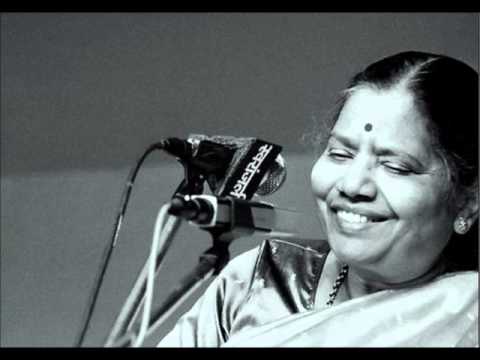THE ART OF TAPPA SINGING
Our Indian classical music is a treasure trove of very diverse techniques of singing and presentations, be it in form or content. ‘Tappa’ is one such highly unique form of semi-classical singing and a musical form that deserves its due limelight at a time of auto-tunes or AI-generated beats and samples.
Tappa singers make it a rule to control their breathing and notes in such a way that there are continuous streaks of singing without having to halt abruptly anywhere in the song. This is mostly done to uphold the poetic integrity of the lyrics set in the fast-paced Laya. Unlike a traditional khayal or thumri, tappa is usually held with shorter lyrics coupled with vigorous taans and special improvisations with respect to the Gharana it belongs to. Ragas like Jhinjhoti, Kafee, Bhairavee, or Khamaaj are used with the tappa style of singing.
Tappa speaks of love and romanticizes various aspects of it. Much like the literal interpretation of the word, this kind of singing pulses with its bouncy or vibrant musical notes in it. Ektala and Tintala are the kind of tempo The loops and the bi-directional phrases are significant in the appreciation of this style of singing.
Tappa is believed to have originated from the words of the folk songs sung by the camel drivers in the Punjab and Sindh area. Hence, it has a very strong influence on the northwest linguistic style in its lyrics. The words of these songs are known for the brevity of expression through their short lines and stanzas. The songs occasionally have a separate section between the sthayi and antara of the piece.
It is believed that Tappa was derived from the folk music of the provinces of Punjab and Sindh. Originating from the folk song of camel-drivers in that region, these songs got later developed by a court singer Mian Gulam Nabi Shori or Shori Mian for the Awadhi Nawab. In the later centuries, tappa had been popularized by highly skilled singers and stalwarts like Girija Devi, Bade Ramdasji Krishanrao Pandit, Pandit Kumar Gandharva, and many more. It is notable how musicians like Malini Rajurkar have made the tappa singing so memorable through their breathtaking concerts.
Tappa is further ornamented with its multiple iterations across various regions in the country be that through the Gwalior Gharana or the Maharashtrian musical theatricals. Interestingly, a new form of the ‘Tapkhayal’ had also emerged from the amalgamation of various artists from varied niches in classical singing.
The challenges and the very essence of tappa singing meant that it was a very challenging space and needed to be well protected, tappa had seen a lot of transformations and the attempts to uphold its integrity in itself is a deep study in musical histories. Right from the twentieth century’s end, there was a steady decline in the Gwalior Gharana which had held the tappa style too close to let it grow and nurture. It is said that later the other Gharanas through bhajans or other forms of singing had overshadowed tappa completely.
It is only fair that the newer generations of musicians or appreciative art forms should give such classic forms their long dues and probably preserve them to glory forever.








